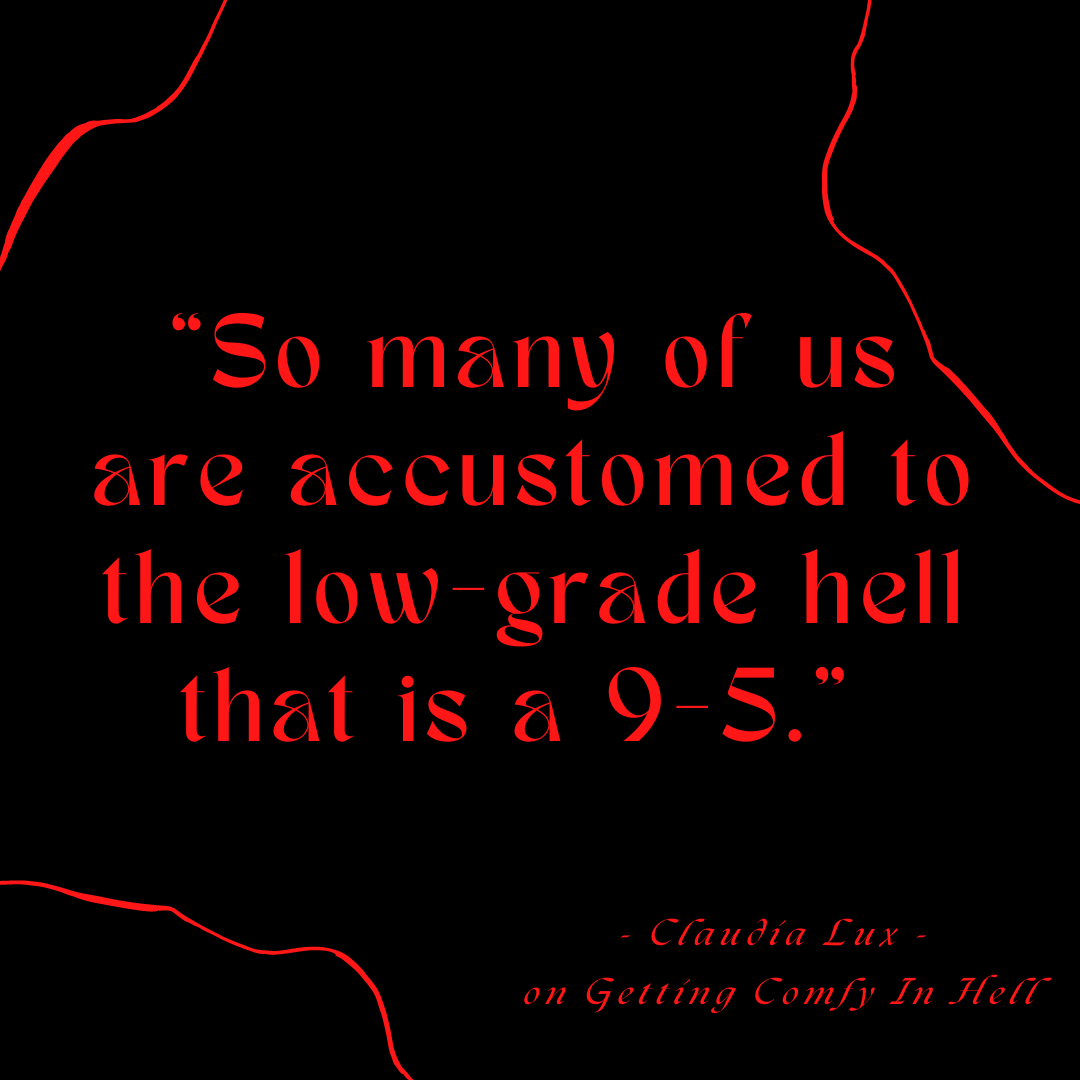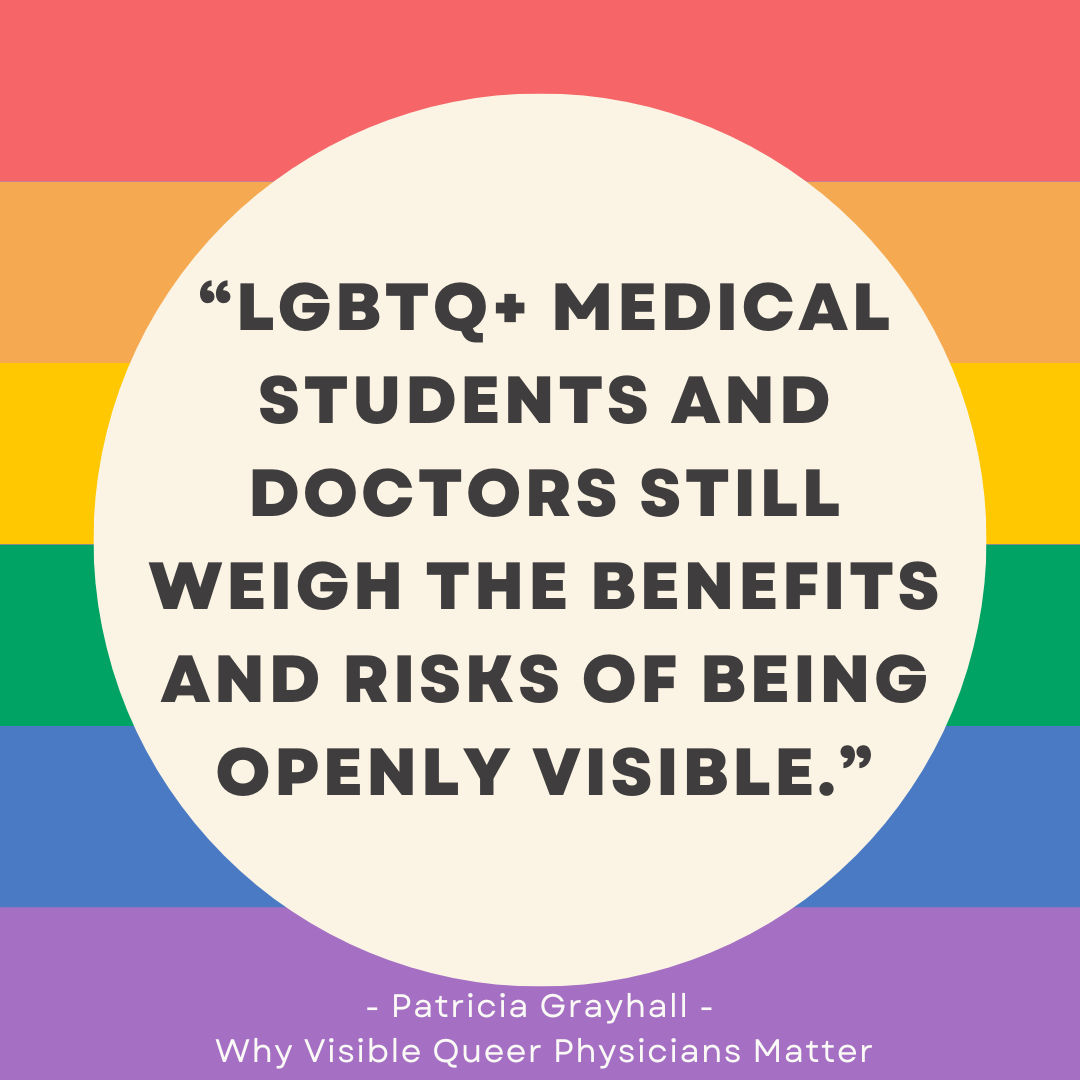By: Claudia Lux
Wellness is trending. We know this, we see it all the time in our feeds: juice cleanses and yoga pants, keto recipes and tests to determine what kind of animal we should be sleeping like. Most recently, it seems to be the concept of “work/life balance.” Like most of the social-media-packaged “wellness” trends, this is a lot easier to achieve in theory (or on camera) than it is in practice, and often leaves us feeling crappy when we fail. Because what exactly does work/life balance mean? Is it about the time one spends at work versus the time one spends on the couch? (But what if a person works from their couch??) Is it about productivity, or sense of purpose, or simply getting through each day without fantasizing about driving off a bridge during the commute? For all the talk about the benefits of work/life balance, the barometer for success in this arena is suspiciously absent. I know I’ve found myself wishing for endless time, so I can buckle down and figure it out.
But more time is not always the answer.
In my debut novel, Sign Here, Peyote Trip lives in Hell, literally, and spends his days working in the Deals Department, making deals in exchange for souls. He has nothing but time. But instead of giving him the breathing room to determine the best energy flow in his wall-to-wall carpeted (including the bathroom!) micro-studio, the endless time is his primary torment. Because truthfully, endless time—along with the lack of an exit—is terrifying. Even more so, in my opinion, than time running out.
When I started writing, I knew I wanted Peyote’s endless Hell to be an office space. So many of us are accustomed to the low-grade hell that is a 9-5. We know the feeling of a meeting that goes on forever without accomplishing anything, a boss who doesn’t listen, a coworker who hits on everyone at the office Christmas party. A coffee machine that never works, the permanent funk of microwaved broccoli in the kitchen. But one thing I realized when I began crowd-sourcing hell details from the people around me, is the unifying power of humor. People got into it. I would start a conversation with a couple of friends and soon the whole bar or dog park would be a jumbled mess of stories and laughter and communal groans as strangers clambered to commiserate together. They were all talking about the ugliness that mars their lives, but the collective result was something beautiful.
So I’ve come up with an answer to the questions generated by wellness posts and “should you sleep like a wolf or a dolphin?” tests. The questions I used to bury myself with as proof that I wasn’t balanced, and therefore broken.
Ready?
Tell other people about the shit that you hate. Listen to what they hate and agree with abundance. High five over it, send memes that capture it, joke about it. Revel in each other’s hells. Because all of it is life, even work. And being alive is something we have in common, but only for now.
Even when it’s ugly, that’s pretty damn beautiful.
Claudia Lux is a graduate of Sarah Lawrence College, and has a master’s in social work from the University of Texas at Austin. She lives and works in Boston, Massachusetts. Sign Here is her first novel.






